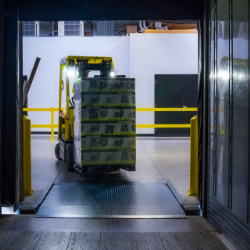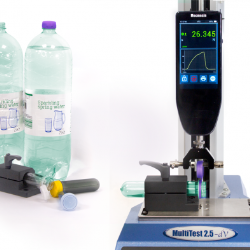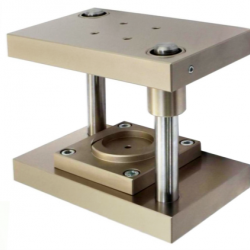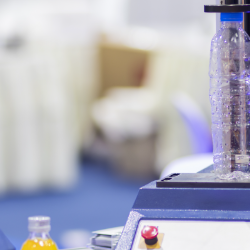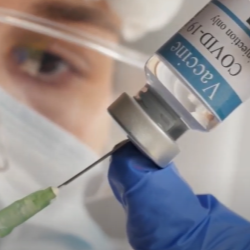Public
Mecmesin Catalog
Mecmesin Certificates
Mecmesin Documents
Mecmesin Locations
Mecmesin News
Mecmesin Videos
If this is your company, CONTACT US to activate Packbase™ software to build your portal.


Mechanical pen injectors for delivering drugs, such as insulin, have found increasing acceptance over the traditional vial-and-syringe method. Advances in pen design have made models increasingly user-friendly, allowing superior accuracy for delivering small doses together with patients reporting less injection pain. To validate new pen injector designs and maintain quality when they are mass-produced requires extensive testing.
One such test measures the force required to operate the pen injector when administering the drug. It’s called the ‘break-loose and sustainability force’ and the test method is covered in ISO 11608-3 relating to finished containers for needle-based injection systems. It’s important for patients because, if you are undergoing treatment requiring frequent, low-volume injections, you will need to be using pre-filled cartridges and you want them to administer the drug into your skin in a nice smooth manner. Higher forces or jerky movement can lead to painful jabs of the needle.
Solution
Mecmesin regularly works with leading multi-national manufacturers of pen injectors and pre-filled cartridges to supply easy-to-use and cost-effective force testers. For performing the Break-loose and Sustainability Force Tests to ISO 11608-3, Mecmesin’s MultiTest 2.5-i test system is the ideal choice. Controlled by Emperor software, it allows an operator to quickly and easily select the test method, load the cartridge into the custom-made jig and the tester does the rest.
A Mecmesin compression rod, connected to the tester’s loadcell, is lowered automatically until it detects the top of the cartridge stopper and sets a zero position. From here, it applies an axial load to the cartridge plunger at a constant speed of 50mm/min over a travel distance of 40mm whilst simultaneously capturing force/displacement data on a graph.
At the end of the test it automatically calculates the key parameters of:
• Break-loose force (also known as ‘breakout’ or ‘initiation’ force) as the first peak in force required to start the plunger moving
• Sustaining forces, including the average force to keep the plunger moving, and the min/max forces during this whole movement phase
The results are displayed as a table alongside the graph and classified according to the acceptance criteria per ISO 11608-3. Results are automatically included in a test report or exported to the network for inclusion in other analysis software.
The same equipment is effortlessly used for the cartridge Leakage Test, where the tester applies a pre-determined force (based on the inner-diameter of the cartridge) for 60 seconds whilst the operator assess the liquid leakage from the cartridge.
Test equipment
- Software controlled force tester
- Custom-designed fixtures for all syringe styles and sizes

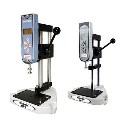
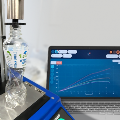
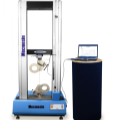
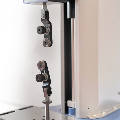
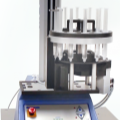
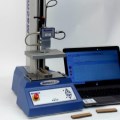
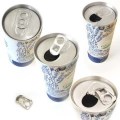
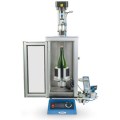
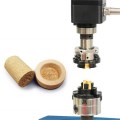

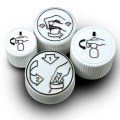

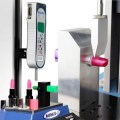
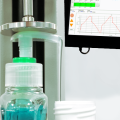
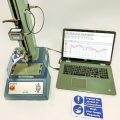
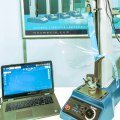
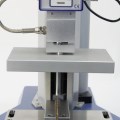

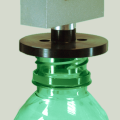
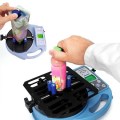
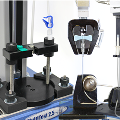

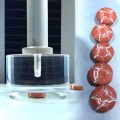
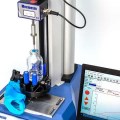
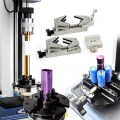

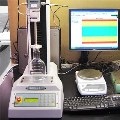
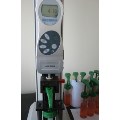
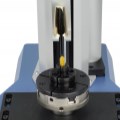
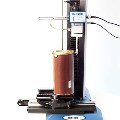
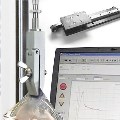
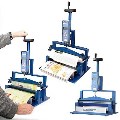

.jpg)
